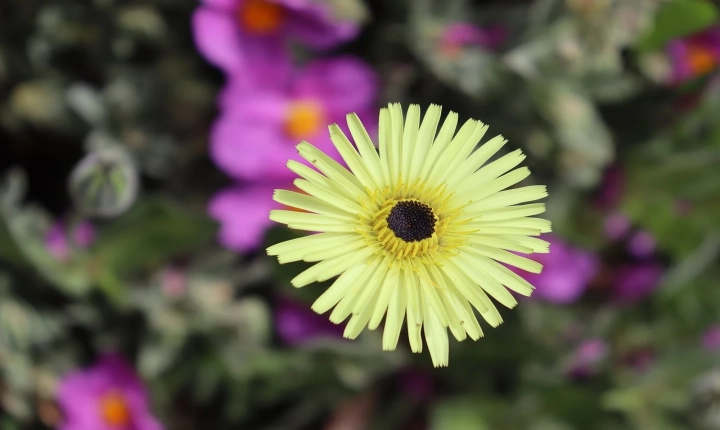AI (Artificial Intelligence) has been making a significant impact in various fields, and art history is no exception. With the help of advanced algorithms and machine learning, AI is capable of creating, analyzing, and even mimicking the styles of famous artists throughout history. While this technology has opened up exciting possibilities for art enthusiasts, it has also sparked debate regarding its influence and potential hijacking of art history.
One of the most striking ways in which AI is hijacking art history is through its ability to generate original art in the style of renowned artists. In recent years, AI-generated artworks have gained attention and even been showcased in galleries and exhibitions. These pieces, created by algorithms that have been trained on vast databases of art history, are often indistinguishable from the works of famous artists such as Van Gogh, Picasso, or Rembrandt. This blurring of the line between human and machine-generated art raises questions about the authenticity and originality of artworks and can challenge our traditional understanding of art history.
Furthermore, AI’s capacity to analyze and categorize artworks at a scale that is impossible for human researchers has led to new insights and interpretations of art history. By processing and comparing massive amounts of art data, AI can identify patterns, connections, and influences across different periods and styles. This has the potential to reshape the way we understand the evolution of art and the relationships between artists and their work.
However, while AI’s contributions to art history are undoubtedly impressive, they also raise concerns about the potential for the technology to overshadow human creativity and expertise. Some critics argue that the proliferation of AI-generated art may devalue the work of human artists and diminish the significance of traditional artistic skills. Additionally, there are ethical considerations surrounding the appropriation of historical art styles and the potential misuse of AI-generated art for fraudulent purposes.
Another issue arising from the influence of AI on art history is the challenge it poses to the authentication of artworks. As AI becomes increasingly adept at replicating the styles of famous artists, there is a risk that these imitations could be mistaken for genuine works, leading to profound implications for the art market and the preservation of cultural heritage.
Despite these concerns, many art historians and researchers recognize the potential for AI to complement and enhance their work. By utilizing AI-driven tools for image analysis, pattern recognition, and data visualization, art historians can uncover new perspectives on art history and streamline their research processes. AI can also assist in digitizing and preserving art collections, making them more accessible to a broad audience.
As the influence of AI continues to grow in the art world, it is crucial for all stakeholders, including artists, historians, collectors, and the wider public, to engage in discussions about the ethical and cultural implications of this technology. Finding a balance between the innovative possibilities of AI and preserving the integrity of art history is an ongoing challenge that requires careful consideration and collaboration across various disciplines.
In conclusion, AI’s impact on art history is a double-edged sword, offering both opportunities and challenges. While AI has the potential to revolutionize our understanding and appreciation of art, it also poses risks to the authenticity, value, and ethical considerations associated with art history. As we navigate this intersection of technology and art, it is essential to approach these developments with a critical eye and a deep respect for the rich and complex legacy of human creativity.
